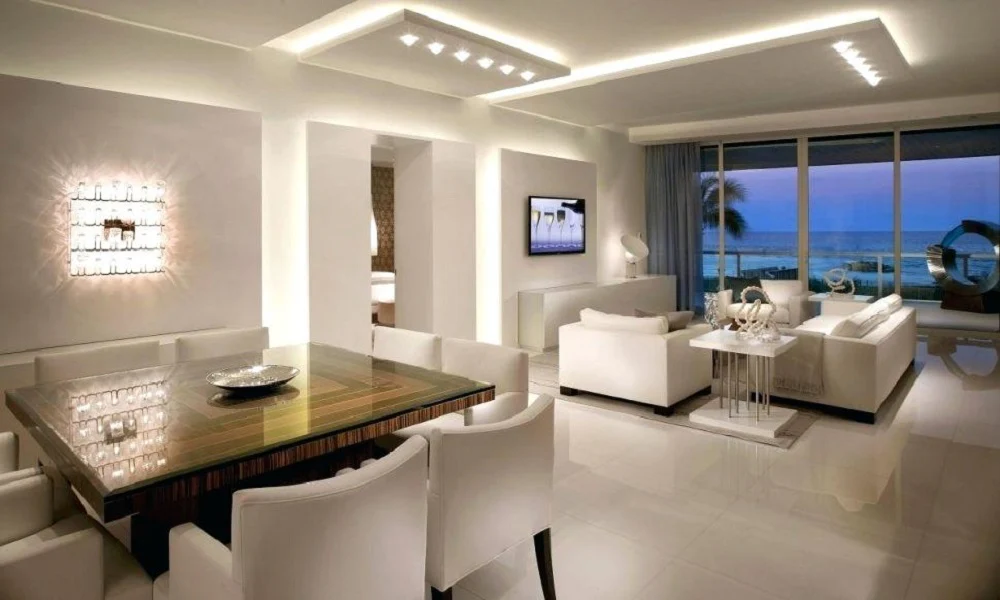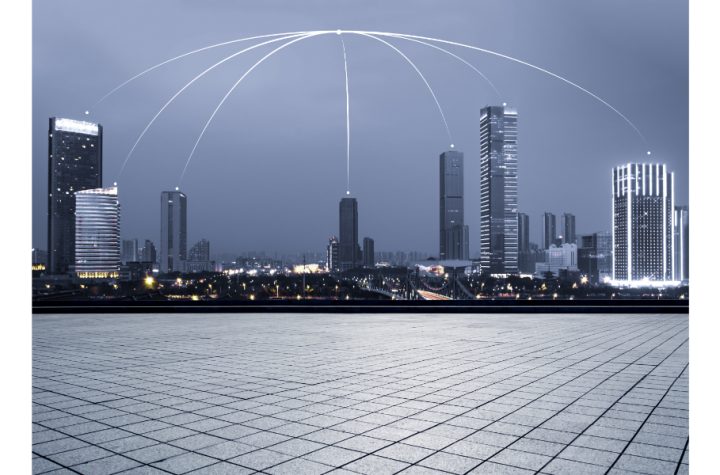
Lighting technology has transformed significantly over the past few decades, with LED lighting standing out as one of the most efficient and versatile solutions available today. From homes and offices to large-scale commercial settings, LEDs offer new possibilities for energy savings and design creativity. Among the many LED products, LED strip lights and LED modules have become essential components in modern lighting systems, each serving unique purposes.
Introduction to LED Lighting Technology
LEDs, or light-emitting diodes, have come a long way since their inception. Unlike traditional incandescent bulbs that rely on heating a filament, LEDs produce light through the movement of electrons in a semiconductor material. This shift in technology not only improves efficiency but also extends the lifespan of lighting products significantly.
Today, energy efficiency is a major priority in lighting design. LED solutions consume far less electricity while delivering comparable or better illumination than older technologies. This makes them a practical choice for reducing energy costs and environmental impact.
Understanding LED Strip Lights
LED strip lights are flexible circuit boards populated with tiny LEDs that can be cut to specific lengths. Their adaptability makes them popular for decorative and functional lighting. Commonly seen under kitchen cabinets, around architectural features, or even in entertainment spaces, LED strip lights can provide accent lighting or primary illumination depending on their design.
When choosing an led strip lights manufacturer, several factors come into play. The quality of materials, production standards, and attention to thermal management all affect the durability and performance of the strip lights. A manufacturer’s expertise influences product customization options and ensures consistency in light output and color quality.
The Role of LED Modules in Lighting Systems
LED modules differ from strip lights in their structure and typical applications. Usually, a led module is a compact unit consisting of multiple LEDs mounted on a small circuit board, often with an integrated lens or housing. This makes them suitable for more focused or robust lighting tasks, such as signage illumination, backlighting, or outdoor fixtures.
The versatility of an LED module allows designers and installers to tailor lighting solutions to specific project requirements. Their modular nature facilitates easy maintenance, as individual modules can be replaced without impacting the entire system. Additionally, many LED modules are designed to withstand challenging environments, with features such as enhanced heat dissipation and weatherproofing.
Manufacturing Insights: What Makes a Reliable LED Strip Lights Manufacturer
When considering LED strip lights or modules, understanding the manufacturing process provides insight into product reliability. A dependable led strip lights manufacturer follows stringent quality controls throughout production. This includes sourcing high-grade semiconductor materials and using effective thermal management techniques to prevent overheating.
Components such as the circuit board, adhesive backing, and protective coatings also impact durability. For instance, waterproof coatings enable LED strips to be used in damp or outdoor conditions. Manufacturers increasingly focus on innovation, offering options like color tuning and smart controls to meet evolving lighting needs.
Choosing the Right LED Lighting Solution for Your Needs
Selecting the appropriate LED strip lights or modules depends on the specific requirements of a project. Factors such as brightness, color temperature, and power consumption play critical roles. For instance, warm white LED strips might be preferred for cozy residential settings, while cooler, daylight-balanced LEDs work better in workspaces.
Installation considerations also matter. LED strips often come with flexible adhesive backing for easy placement, while modules might require mounting brackets or connectors. Understanding the intended use helps in choosing a solution that balances aesthetics, efficiency, and ease of maintenance.
Environmental Impact and Energy Savings
One of the significant benefits of LED lighting is its positive effect on the environment. LEDs use a fraction of the energy that incandescent and fluorescent bulbs consume. This energy efficiency leads to reduced carbon footprints when widely adopted.
Additionally, the longer operational life of LEDs means less frequent replacements, reducing waste and the demand for raw materials. These environmental advantages make LEDs a favorable choice for those aiming to implement sustainable building practices or reduce energy expenses.
Future Developments in LED Strip Lights and Modules
The field of LED technology continues to evolve rapidly. Advances in materials science and electronics are enabling brighter, more energy-efficient, and smarter lighting solutions. Integration with smart home systems and the Internet of Things (IoT) allows users to control lighting remotely, adjust color schemes, and set automated schedules.
Emerging trends also include improvements in color rendering and tunable white LEDs that can mimic natural daylight changes throughout the day. Such developments promise to enhance comfort and wellbeing in both residential and commercial environments.
LED strip lights and LED modules offer versatile, efficient lighting options that cater to a wide range of needs. Understanding their differences, manufacturing qualities, and application possibilities can help in making informed decisions about lighting solutions. With ongoing innovation, these technologies are likely to play an even greater role in how spaces are illuminated in the future.





More Stories
The Complete Process of Chain-Link Fence Installation Explained
How to Choose the Right Custom Stone Surfaces for Kitchens and Baths
The Essential Legal Steps Every Property Buyer Should Follow